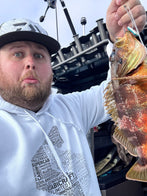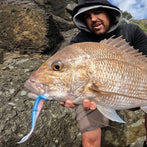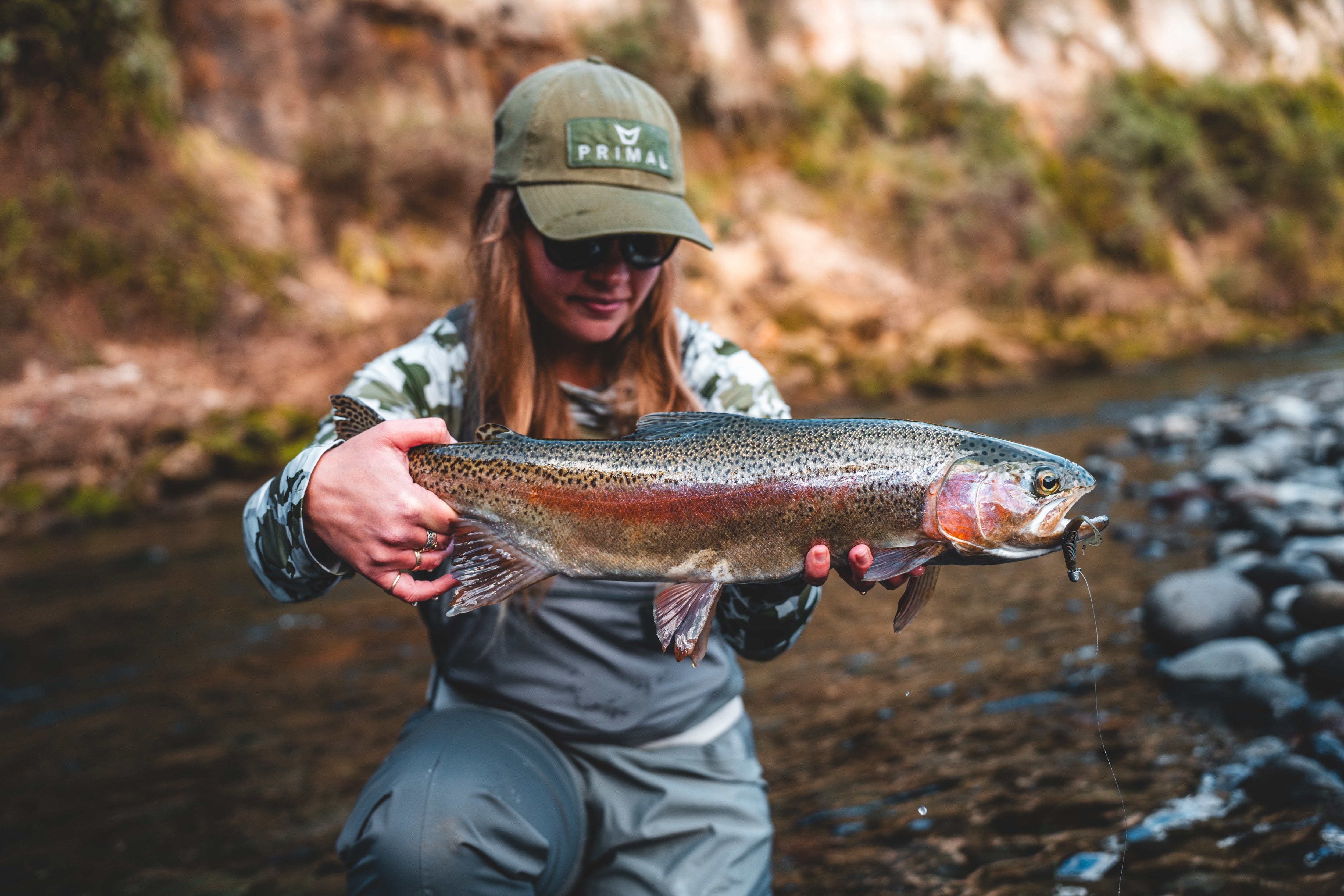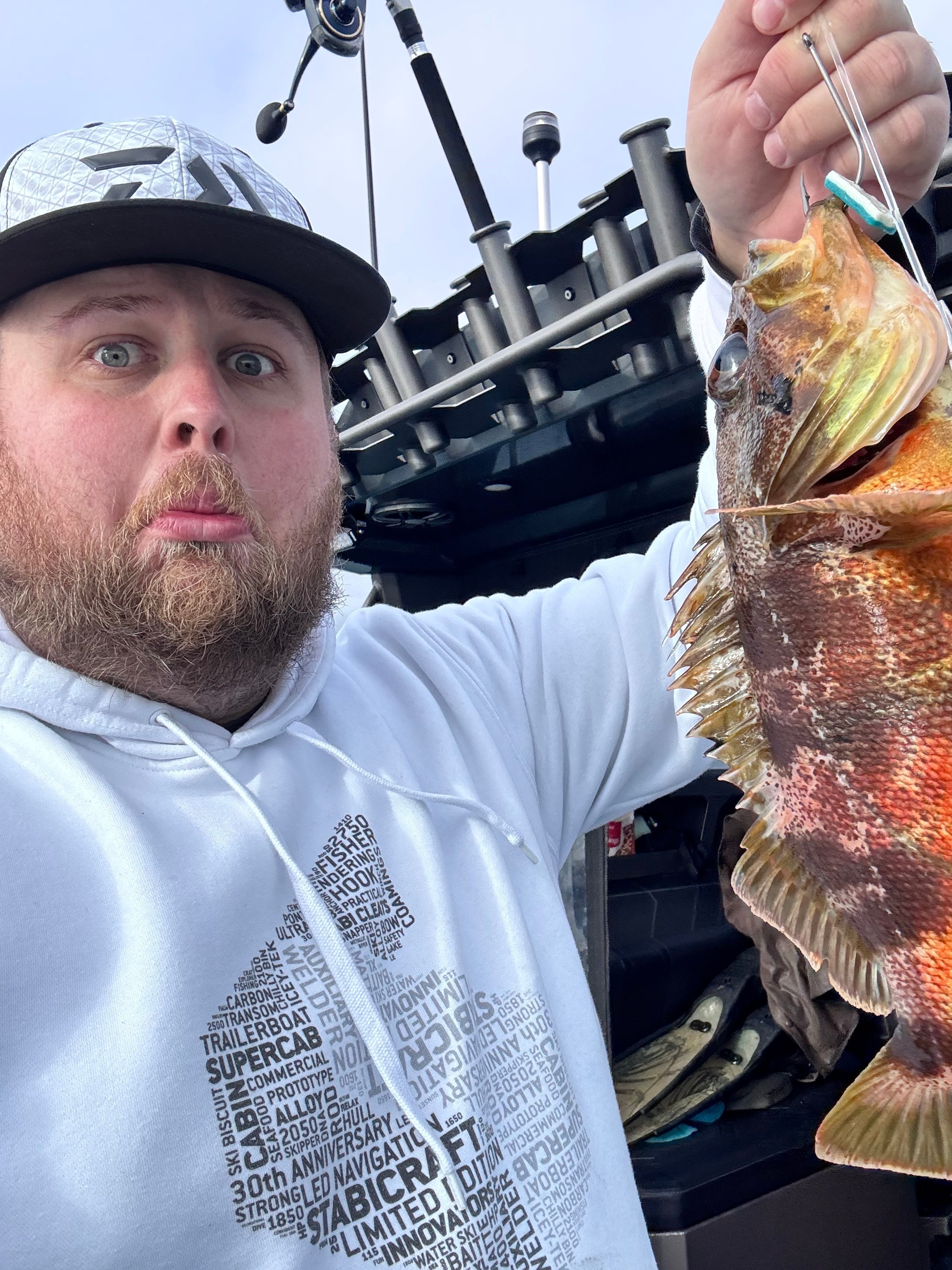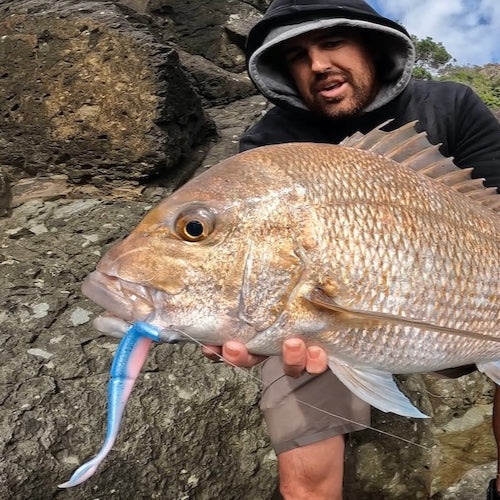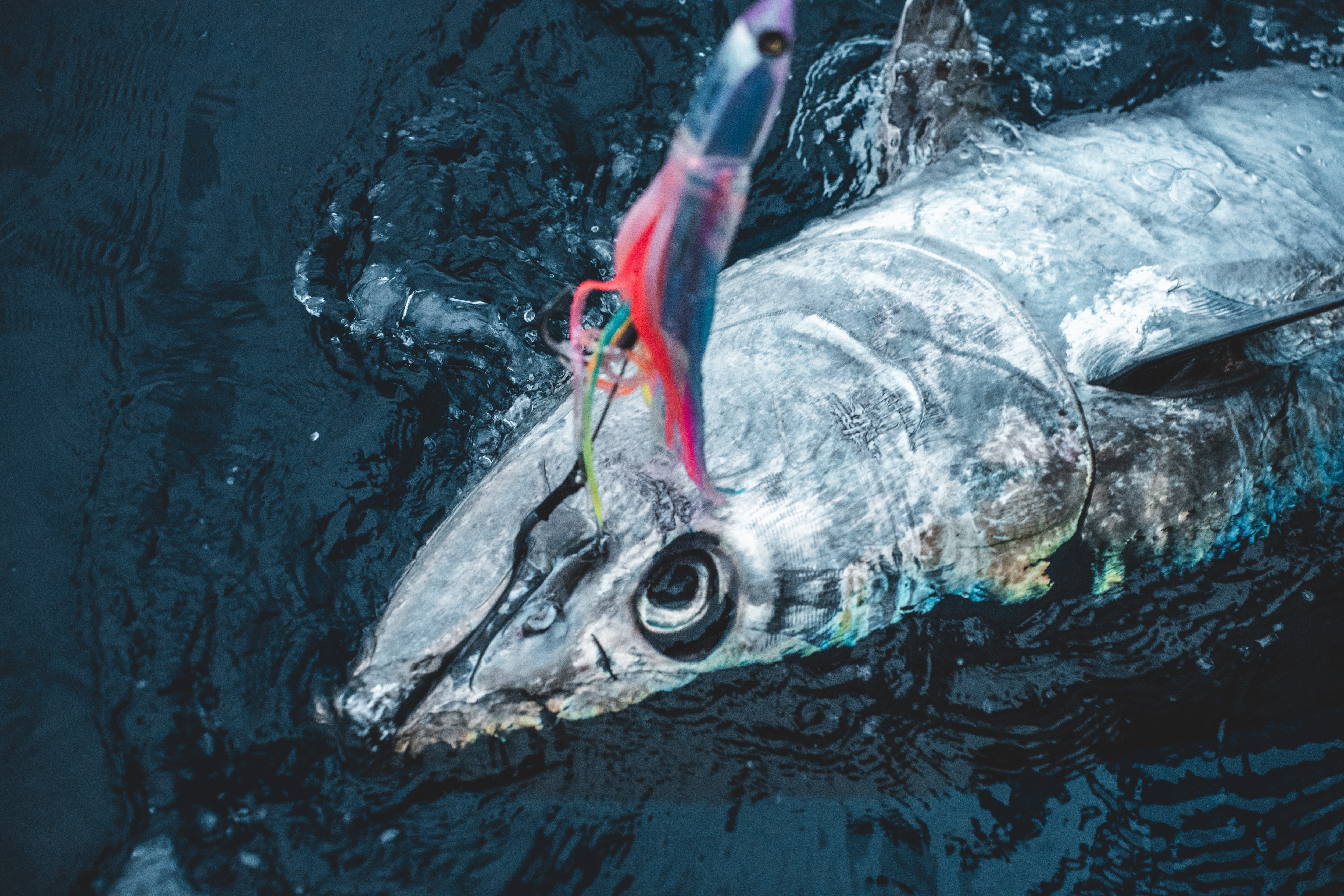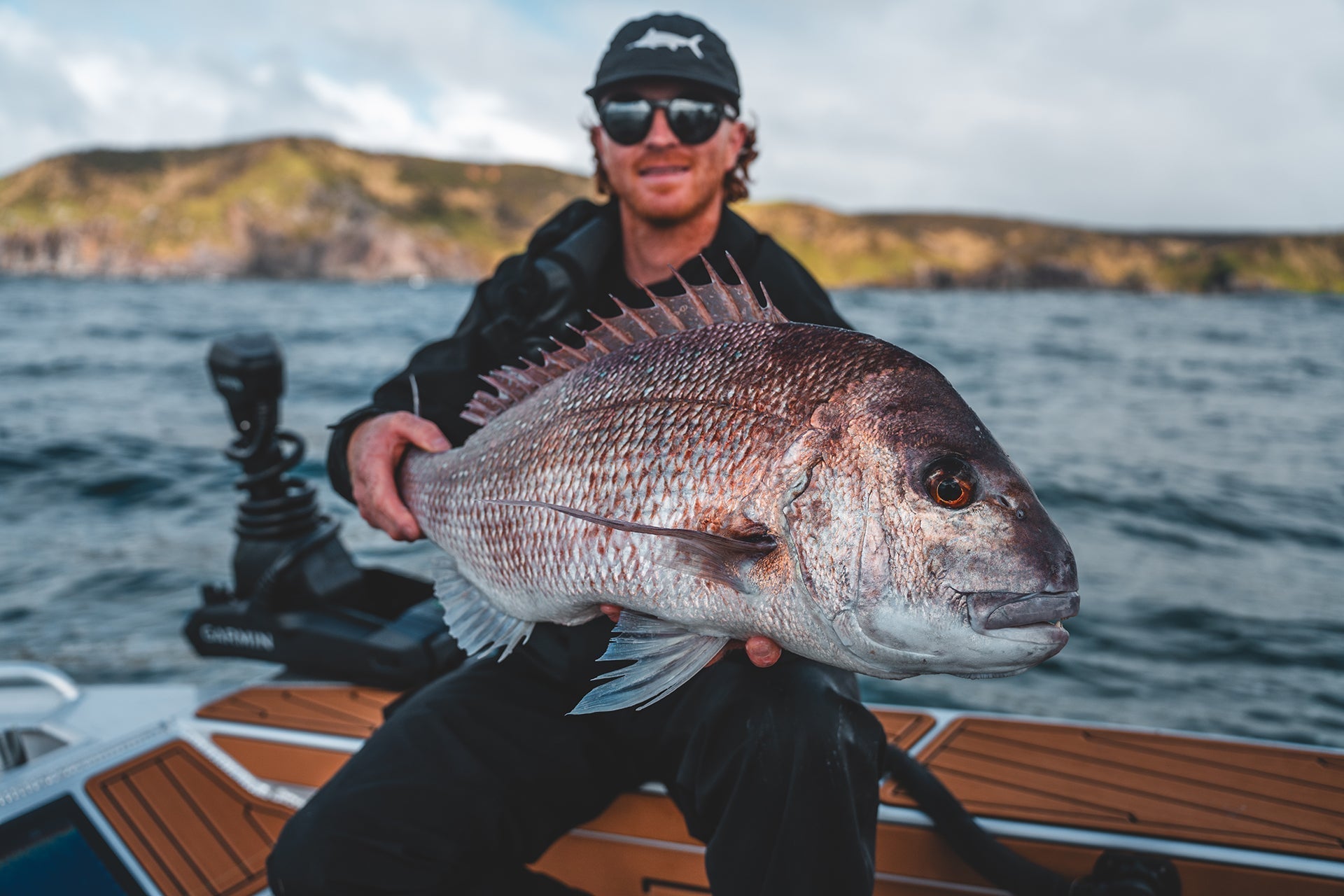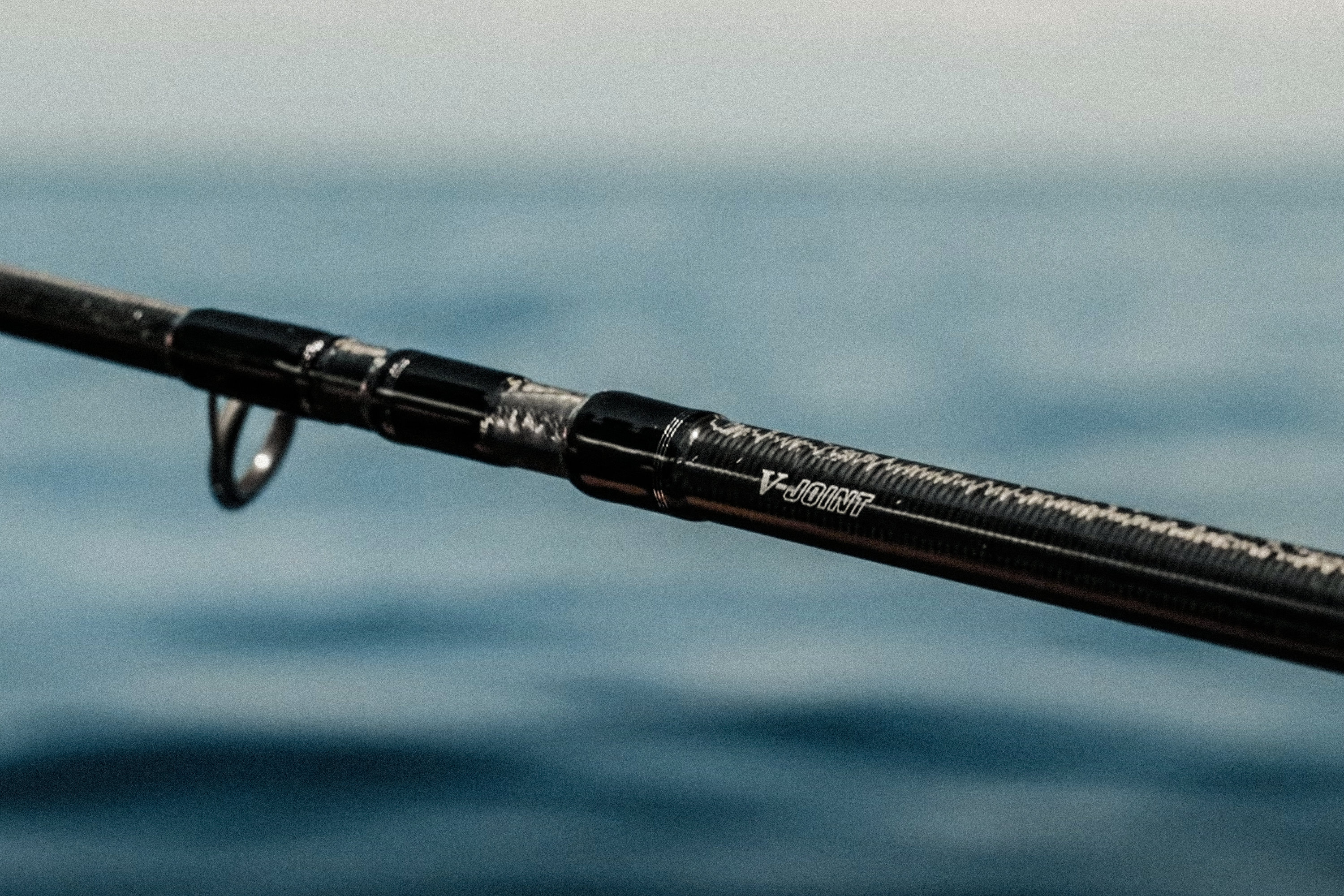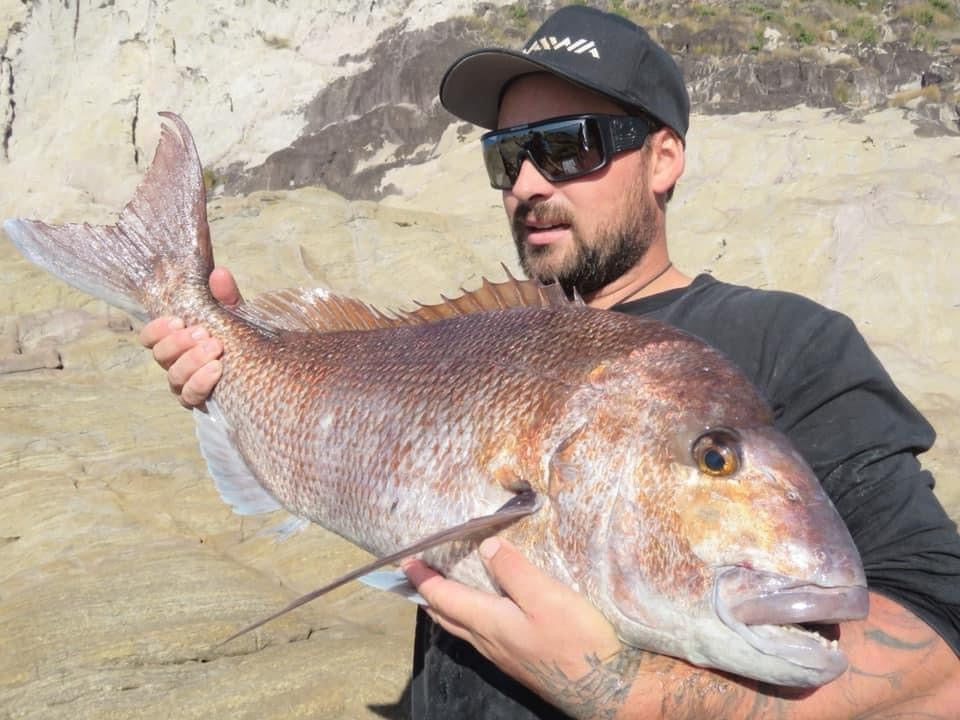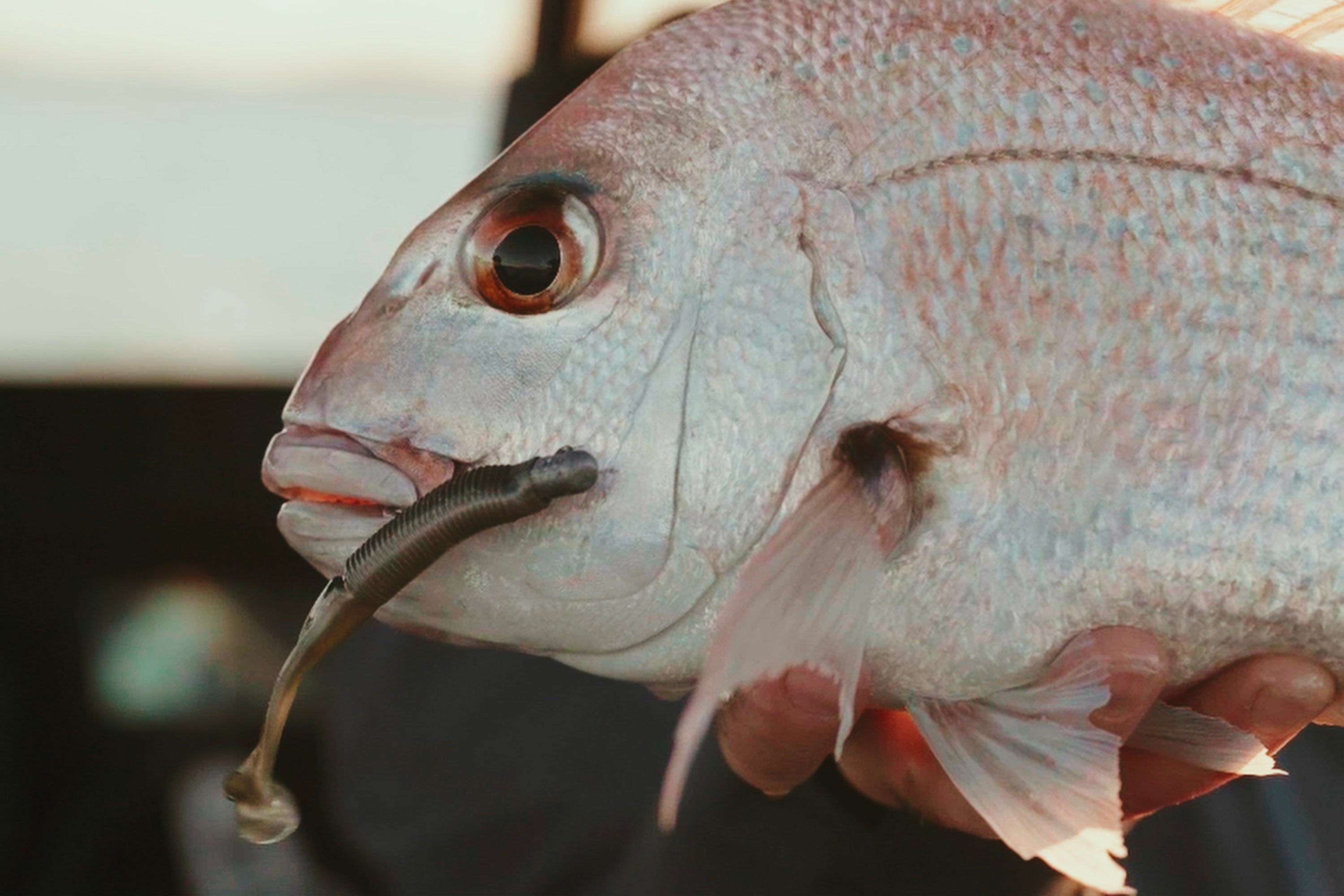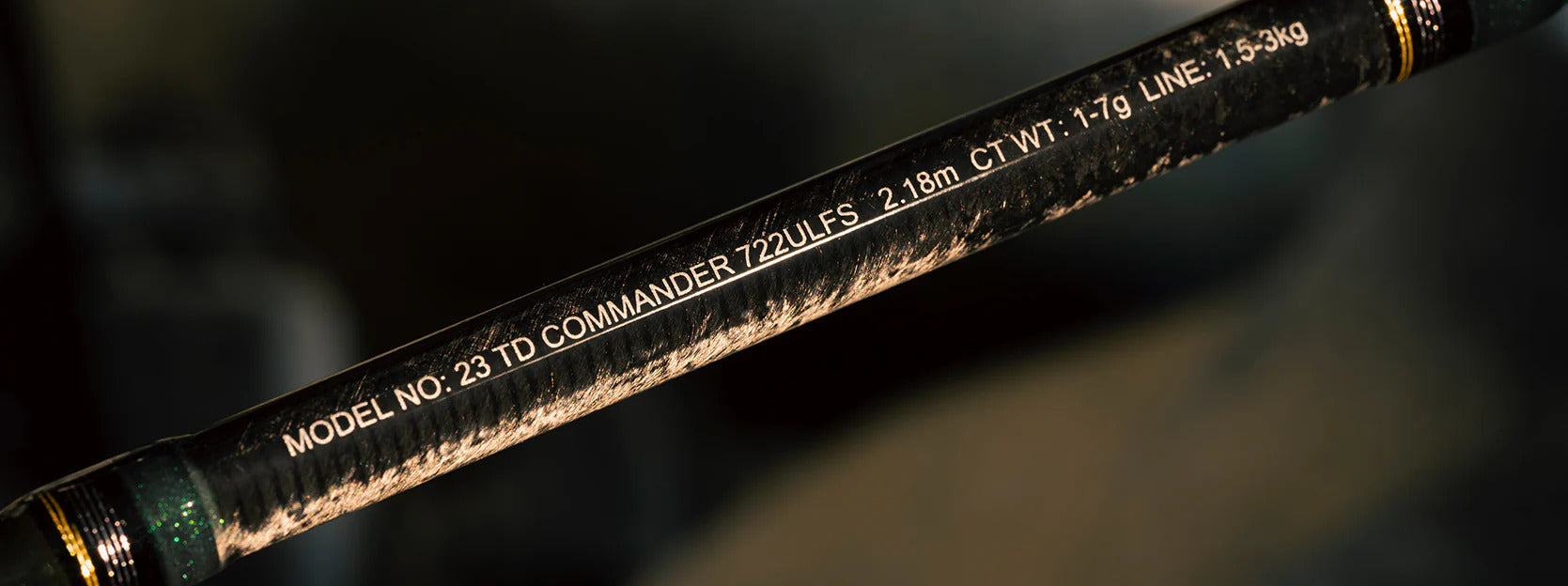Posted 09th June 2025
Targeting Bluefin Tuna


As the warmer temperatures vacate for yet another season and in replacement the colder, less settled weather flood the shores, the Southern Bluefin Tuna (SBT) will have begun their migration north and become in range of many anglers over the months from May through to late August.
This newly discovered fishery has only been recreationally targeted for the last decade or so but has gained massive popularity in recent years. Anglers have been jumping at the chance to dust off the game gear in the middle of winter and have the opportunity to target some of the most sought-after fish on the planet.
These fish grow large (up to 150kg), fight hard, and taste phenomenal - making for some awesome fishing.

BLUEFIN TUNA HOTSPOTS
Around NZ Southern Bluefin Tuna are normally caught in depths over 1000m in the North Island but will come in much shallower in the South; Fiordland in particular. Expeditions out to these waters require an experienced crew, well equipped boat and perfect weather conditions to allow for the opportunity to target these fish.
East Cape can be a gnarly place with rapidly changing weather conditions made more complicated by often strong currents - so it really does pay to stick to the weather windows. Make sure to stay well within the limits of your vessel and crew, and if in doubt - don't go out!
TROLLING FOR SOUTHERN BLUEFIN TUNA
As with all tuna these fish are fast moving predators making trolling a common way of targeting these fish. SBT will take a range of lures, I personally have had the most success on smaller ‘tuna lures’; typically consisting of a bullet shaped head or a small cup faced lure (similar to what I would also run for a striped marlin).
Another option that has its benefits is the deep diver or bibbed minnow. This will dive and run sub-surface. The benefit of this style is that it targets a different part of the water column; potentially gaining bites.
JIGGING FOR BLUEFIN TUNA
Another technique of fishing that is fast gaining popularity is jigging for Southern Bluefin Tuna. Generally this is most popular at night, however has proven to be very effective during the day also.
During the dark hours bluefin tuna travel up in the water column towards the surface to feed on other prey that has ventured out for night. These fish are close to the surface and hungry which can make for some spectacular fishing. It helps to have some intel from the day as to where the schools of fish have been holding and just drifting over these areas with lights on and jigs and baits down will put you in the mix.
Similarly, during the day often you may run over a school of fish and hook up on the lures - but that same school of fish may follow the boat for some time after. This can make for a great opportunity to bang a jig down and pull another fish out of the school, so it definitely pays to have a jig handy!

BLUEFIN TUNA GEAR SETUP
These tuna fight hard and do tend to take an impressive amount of line on the hit, especially while trolling. Therefore, it pays to have quality gear that is up to the task. Your same set ups that you troll for marlin with are perfectly fine. I use the Daiwa Saltiga LD 60’s and they are an awesome reel that is super lightweight and easy to use for its size, yet still packing an impressive amount of drag.
Paired with the Daiwa Tournament or Saltiga Game rods and you have one deadly combo. I spool these reels with 60lb Daiwa J-braid hollow core which maximises the amount of line on each reel. I can get 700m of hollowcore with a 60m 24kg mono topshot.
TIPS FOR RIGGING & RUNNING LURES
-
I rig my trolling lures the same as I would for marlin with the only difference being the trace weight of the rigs. Tuna have exceptionally good eyesight and will shy away from a lure or bait should something not seem quite right. I run 250lb leader for my bluefin lures which I've had great success with.
-
I’ve also found that adding some splash in front of the lure has been effective. Either in a daisy chain style or a plastic bird have both been good options. Each to their own, but I personally don’t run teasers or dredges for tuna, as I haven’t noticed a difference in my ability to raise and hook fish when I've been running them compared to not. I’ve found that these fish haven’t been fussy when up in the spread and have eaten pretty much anything they see. When a double or triple strikes, a dredge in the water is just one more piece of equipment to complicate things.
-
Unlike traditional marlin trolling I prefer to run my lures a bit further back then I otherwise would, at least 2 waves further back. One disadvantage of running these lures further back is that it makes turning more difficult - especially if there is a crosswind. On such occasions bringing your shorter lures in shorter still may be required to avoid wind tangles.
-
We will often mark the fish on the sounder. These can be anywhere from 5 metres down to over 100m. In my experience we will raise fish anywhere above 50m with signs 30m and above getting us really excited! If you are fortunate to get a strike don’t pull up too quickly - keep motoring on as there is a fair chance that other fish are following and will hit shortly after.
-
Once fish are hooked up and line is leaving the reel at a great rate of knots get the rest of the gear clear, while just ticking forward to keep the pressure on the fish while you are getting sorted. In my experience tuna have either dug in and fought hard or rolled over and pretty much came straight to the boat - it’s just the luck of the draw which fish you hook!.
-
When tuna get close to the boat they will often circle and it can be difficult to get them up and out of their rhythm. We will often circle with them and try to lead them up slowly and this has worked well for us. Once on the leader have someone ready with a gaff or a tag pole to secure the catch as well as someone on the helm to counter any quick darts the fish may make.
 LOOKING AFTER YOUR BLUEFIN TUNA
LOOKING AFTER YOUR BLUEFIN TUNA
Tuna generate extreme temperatures and contain a lot of blood. It is crucial to bleed these fish as soon as they hit the deck. This can be done by nicking the flesh just behind the pectoral fin along the lateral line. Blood should immediately pour out of here and begin the bleeding process. We always gut and gill the fish too. This helps to remove some of the heat within the fish and allows the gut and gill cavity to be packed with salt ice.
Salt ice is absolutely vital when planning on keeping a southern bluefin tuna. We will take 50kgs of salt ice as a minimum. The heat they generate is mind blowing and without ice the eating quality won’t be anywhere near as good.
It is worth noting too that these fish go a long way and provide heaps of meat. It’s easy to get carried away with tuna fever and keep multiple fish when it often isn’t needed. Instead poking a tag in excess fish and sending it away to make someone else's day is a great option. It’s important to remember that the legal limit for these fish is one per person per day.
So get out there and enjoy what really is a world class fishery. Let's all look after the fishery so it continues to build in numbers each year and develops into something truly spectacular. As is always the case, be mindful of the sea conditions, be respectful to the locals of your chosen fishing area and make sure your boat, skipper and crew are well up to the task.
Tight lines and happy tuna fishing!
BY HAYDEN SPEED - Mayhem Fishing
ABOUT THE AUTHOR:
Hayden Speed is a member of Team Daiwa and a fanatical fisho who would be on the water 24/7 if uni wasn't getting in the way. Check out his videos on YouTube and be sure to follow him on Instagram.



